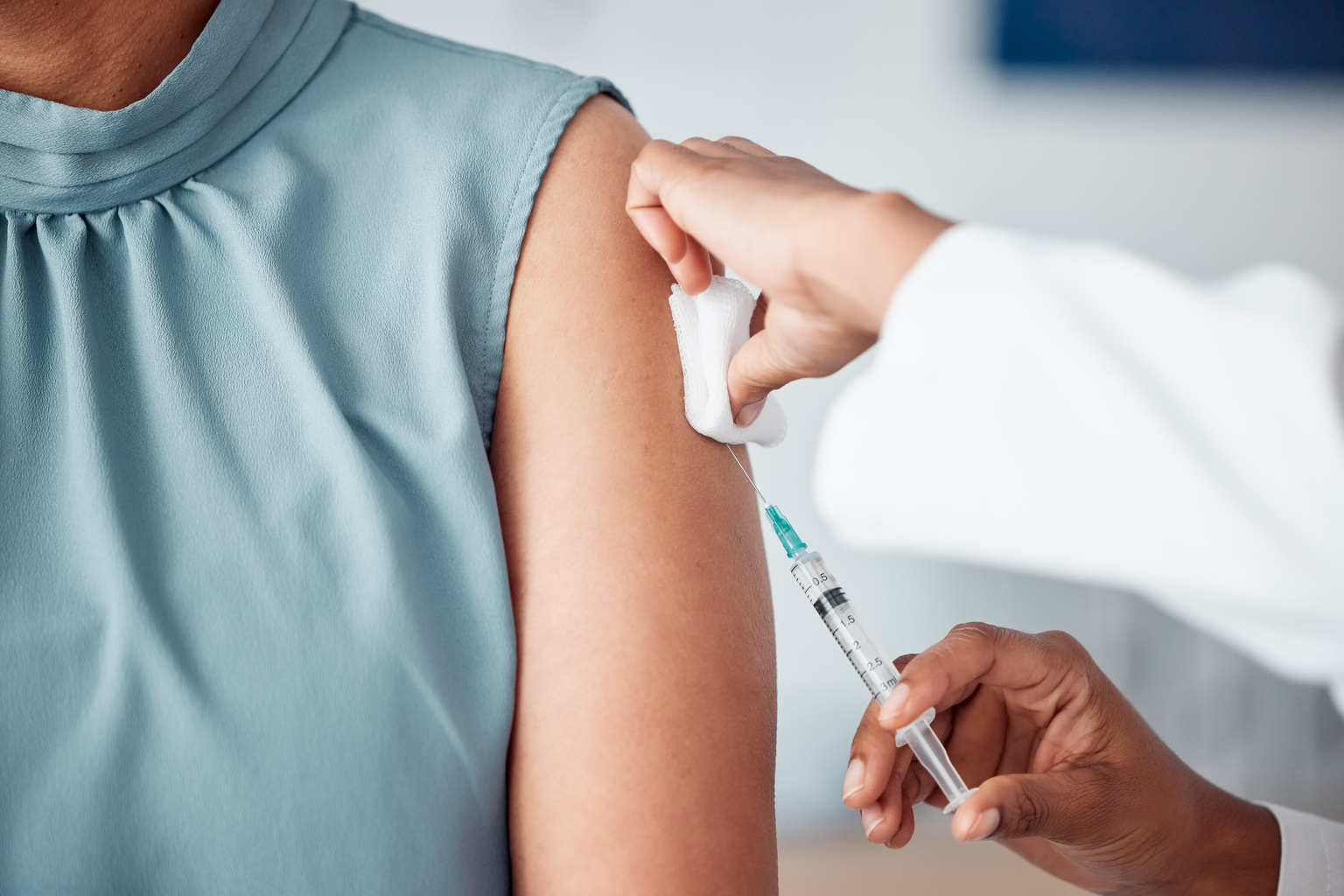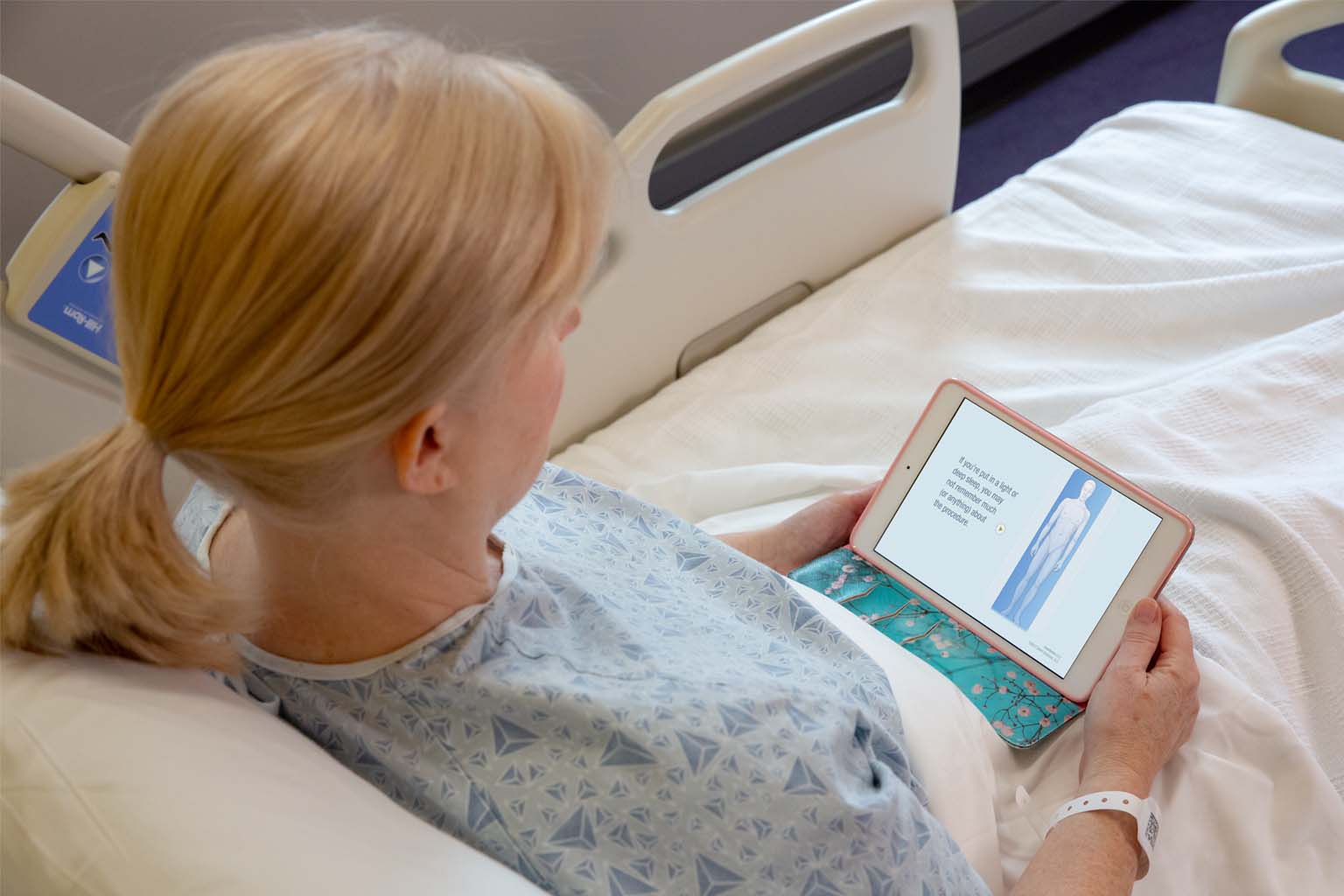“Plain language” It’s a phrase that’s often tossed around. But how often do we use it when we should? Plain language is communication your reader can understand immediately. It requires that readers be able to find what they need, understand what they find, and then use that information for their own benefit. It’s not enough for them to understand one sentence of text; it must all work together.
By Mychal Voorhees
Mychal Voorhees is a Health Communication & Training Specialist at Washington University in St. Louis School of Medicine.
When we think about plain language, we often think about writing for websites, patient education materials, and forms. We spend hours editing text to meet plain language guidelines and ensure our messages are clear. One area where I see a lack of focus on using plain language is social media.
We use social media on a regular basis to promote our work, share information, and engage our audiences. In 2016, 79% of adults who are online reported using Facebook, and that is just one of many social media platforms. And it’s not just digital natives and millennials who use social media. In 2015, 35% of adults 65 and older reported using social media, compared to only 2% in 2005. In a 2017 study, patients who self-reported having low health literacy were more likely to use social networking sites for health information than those with high self-reported health literacy.
This is a critical audience to reach with social media messaging. How can you maximize your use of plain language to expand your message’s reach?
1) Keep it short and simple
As plain language guidelines advise, keep your messaging and wording short and simple. This is a win-win in social media, where we’re often limited to character counts and where shorter messaging is more effective.
2) Speak to your audience and speak like your audience
This is a great opportunity to do away with the tone of professional writing and to speak conversationally. When you post on social media, ask yourself, is this how I’d talk to a friend while we’re out to dinner? Use common words. Address your audience directly with pronouns. Use humor and tell stories.
3) Avoid abbreviations and acronyms
You may be trying to keep on top of the newest slang and acronyms on social media, but this doesn’t pass as plain language. We alienate potential readers when we start to use acronyms and abbreviations without explanation. I suggest sticking to words people will be familiar with. ‘IMO’ is short, but ‘in my opinion’ is clear.
4) Make it actionable
Plain language guidelines require that people know how to use the information, and this rule lends itself especially well to social media. You should use social media with a clear purpose, so tell your audience what it is. Do you want them to share or retweet? Do you want them to take action, such as having a discussion with their doctor? Tell them explicitly what they should do.
5) Call for backup
If you’re stuck on how to simplify your message, there are plenty of free resources that can help. A few that I recommend include: University of Michigan’s Plain Language Medical Dictionary, The Plain Language Action and Information Network’s Guidelines, and the CDC’s Guide to Writing for Social Media. If you’re writing something longer like a blog post, you might want to use the Hemingway Editor. Just copy and paste your text into the editor and it will suggest ways you can simplify.
Those of us in health communication spend a lot of time thinking about ways to make our message simple. I’m certain we can be more deliberate about creating social media content that is clear, understandable, and actionable.
Learn how UpToDate Patient Engagement supports health journeys through clear and understandable patient education materials.




